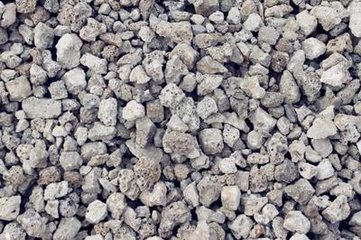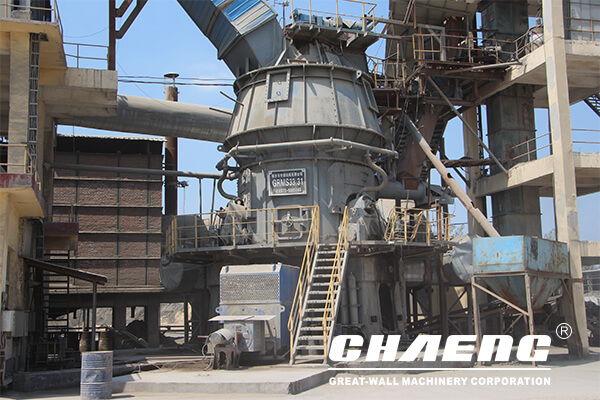
News Date:2018-06-05

Ground-granulated blast-furnace slag (GGBS or GGBFS) is obtained by quenching molten iron slag (a by-product of iron and steel making) from a blast furnace in water or steam, to produce a glassy, granular product that is then dried and ground into a fine powder.
Ground-granulated blast-furnace slag (GGBS or GGBFS) is obtained by quenching molten iron slag (a by-product of iron and steel-making) from a blast furnace in water or steam, to produce a glassy, granular product that is then dried and ground into a fine ggbs powder.
Ground granulated slag is often used in concrete in combination with Portland cement as part of a blended cement. GGBS as an additive for Portland cement making. Ground granulated slag reacts with water to produce cementitious properties. Concrete containing ground granulated slag develops strength over a longer period, leading to reduced permeability and better durability. Since the unit volume of Portland cement is reduced, this concrete is less vulnerable to alkali-silica and sulfate attack.
This previously unwanted recycled product is used in the manufacture of high performance concretes, especially those used in the construction of bridges and coastal features, where its low permeability and greater resistance to chlorides and sulfates can help to reduce corrosive action and deterioration of the structure.The slag can also be used to create fibers used as an insulation material called slag wool.
GGBS cement can be added to concrete in the concrete manufacturer's batching plant, along with Portland cement, aggregates and water. The normal ratios of aggregates and water to cementitious material in the mix remain unchanged. GGBS is used as a direct replacement for Portland cement, on a one-to-one basis by weight. Replacement levels for GGBS vary from 30% to up to 85%. Typically 40 to 50% is used in most instances.
The use of GGBS in addition to Portland cement in concrete in Europe is covered in the concrete standard EN 206:2013. This standard establishes two categories of additions to concrete along with ordinary Portland cement: nearly inert additions (Type I) and pozzolanic or latent hydraulic additions (Type II). GGBS cement falls in the latter category. As GGBS cement is slightly less expensive than Portland cement.concrete made with GGBS cement will be similarly priced to that made with ordinary Portland cement.
1. GGBS cement is routinely specified in concrete to provide protection against both sulphate attack and chloride attack. GGBS has now effectively replaced sulfateresisting Portland cement (SRPC) on the market for sulfate resistance because of its superior performance and greatly reduced cost compared to SRPC. To protect against chloride attack, GGBS is used at a replacement level of 50% in concrete. Instances of chloride attack occur in reinforced concrete in marine environments and in road bridges where the concrete is exposed to splashing from road de-icing salts.
2. In contrast to the stony grey of concrete made with Portland cement, the near-white color of GGBS cement permits architects to achieve a lighter colour for exposed fair faced concrete finishes, at no extra cost. To achieve a lighter colour finish, GGBS is usually specified at between 50% to 70% replacement levels, although levels as high as 85% can be used.
3.Concrete containing GGBS cement has a higher ultimate strength than concrete made with Portland cement. It has a higher proportion of the strength-enhancing calcium silicate hydrates (CSH) than concrete made with Portland cement only, and a reduced content of free lime, which does not contribute to concrete strength. Concrete made with GGBS continues to gain strength over time, and has been shown to double its 28-day strength over periods of 10 to 12 years.
3. Since GGBS is a by-product of steel manufacturing process, its use in concrete is recognized by LEED etc. as improving the sustainability of the project and will therefore add points towards LEED certification. In this respect, GGBS can also be used for superstructure in addition to the cases where the concrete is in contact with chlorides and sulfates. This is provided that the slower setting time for casting of the superstructure is justified.

Chaeng have built more than 100 slag powder production lines for global customers from Indonesia, Vietnam, Pakistan, etc.Our complete ggbfs production line are: 300,000t/a ggbfs production line, 600,000t/a ggbfs production line, 100,0000t/a ggbfs production line,...etc. We are looking forward to your visit sincerely
| The Great Wall cast steel slag pots has passed the acceptance test and was sent to the South Branch | CHAENG is able to offer high quality girth gears according to drawings | Return column |